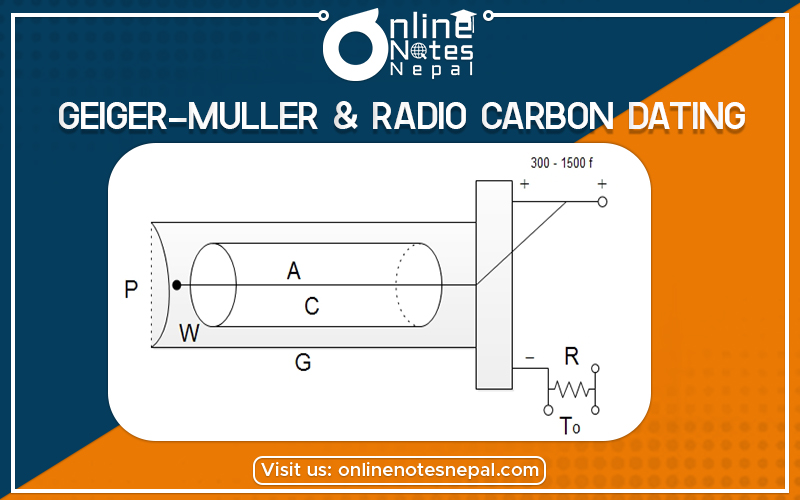Published by: Zaya
Published date: 25 Jun 2021


Geiger-Muller & Radiocarbon dating are described as follows:
A Geiger counter is an instrument used for detecting and measuring ionizing radiation. Also known as a Geiger–Muller counter (or Geiger–Müller counter), it is widely used in applications such as radiation dosimetry, radiological protection, experimental physics, and the nuclear industry.
It detects ionizing radiation such as alpha particles, beta particles, and gamma rays using the ionization effect produced in a Geiger–Müller tube, which gives its name to the instrument. In wide and prominent use as a hand-held radiation survey instrument, it is perhaps one of the world’s best-known radiation detection instruments.
The original detection principle was realized in 1908, at the Victoria University of Manchester, but it was not until the development of the Geiger–Müller tube in 1928 that the Geiger counter could be produced as a practical instrument. Since then, it has been very popular due to its robust sensing element and relatively low cost. However, there are limitations in measuring high radiation rates and the energy of incident radiation.
A Geiger counter consists of a Geiger–Muller tube (the sensing element which detects the radiation) and the processing electronics, which displays the result.
The efficiency of the Geiger-counter:
The efficiency of a detector is given by the ratio of the (number of particles of radiation detected)/(number of particles of radiation emitted):
ε ≡number of particles of radiation detected the number of particles of radiation emitted This definition for the efficiency of a detector is also used for our other detectors. In class, we will measure the efficiency of our Geiger counter system and find that it is quite small. The reason that the efficiency is small for a G-M tube is that agas are used to absorb the energy. Gas is not very dense, so most of the radiation passes right through the tube. Unless alpha particles are very energetic, they will be absorbed in the cylinder that encloses the gas and never even makes it into the G-M tube. If beta particles enter the tube they have the best chance to cause ionization. Gamma particles themselves have a very small chance of ionizing the gas in the tube. Gamma particles are detected when they scatter an electron in the metal cylinder around the gas into the tube. So although the Geiger counter can detect all three types of radiation, it is most efficient for beta particles and not very efficient for gamma particles. Our scintillation detectors will prove to be much more efficient for detecting specific radiation.
Some of the advantages of using a Geiger Counter are:
a)They are relatively inexpensive.
b)They are durable and easily portable.
c)They can detect all types of radiation.
Some of the disadvantages of using a Geiger Counter are:
a)They cannot differentiate which type of radiation is being detected.
b)They cannot be used to determine the exact energy of the detected radiation.
c)They have very low efficiency.